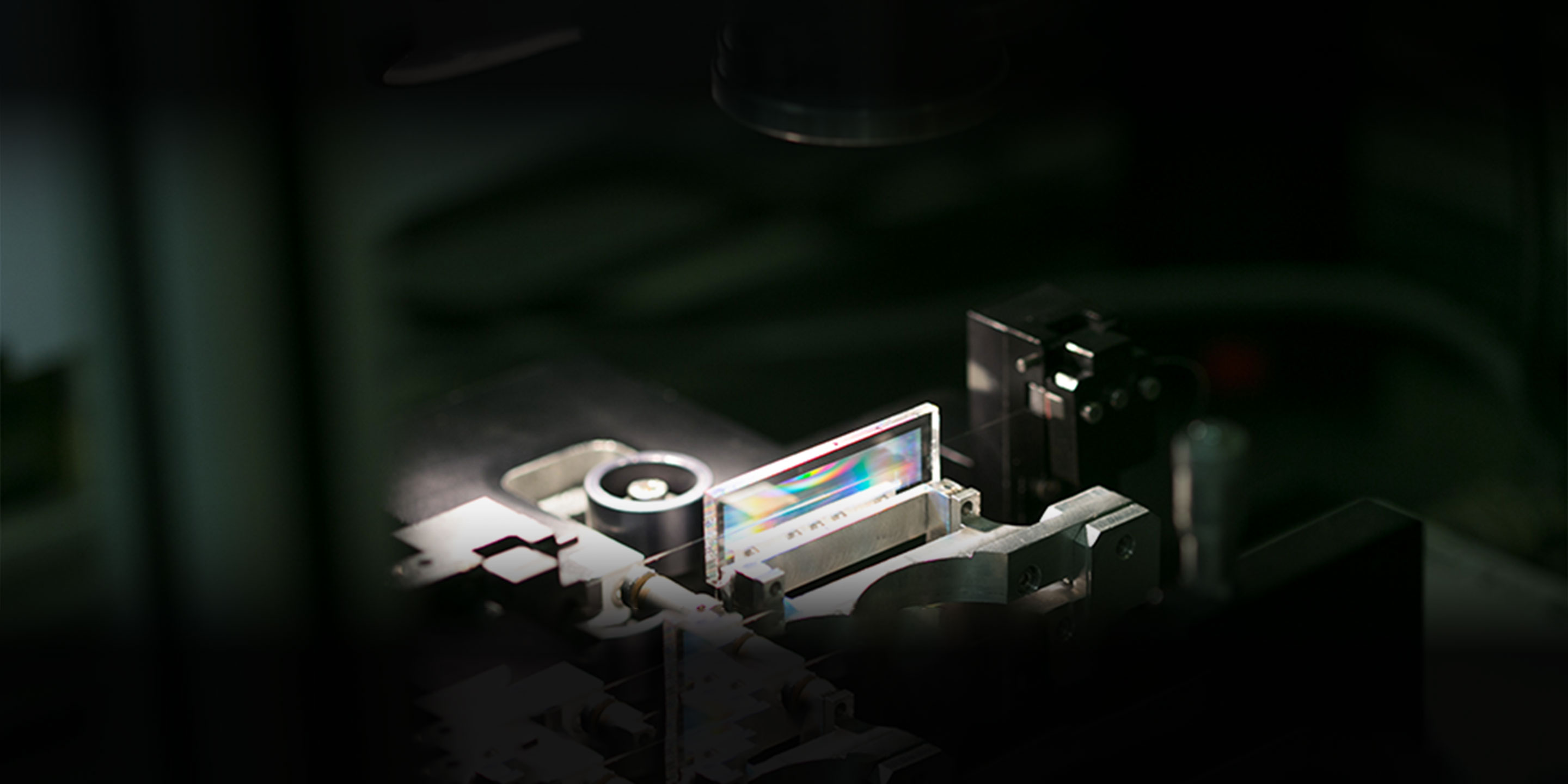FBG Laser Mirrors
FBG Laser Components


Overview


iXblue offers these wavelength selective mirrors on a complete range of specialty fibers for high power handling and standard applications. Optimized manufacturing process and testing ensure their long-term reliability in fiber lasers.
iXblue offers a dissipative package for thermal management of the FBG to ensure stability at high optical power.
| Product | Specification | Datasheet | |
|---|---|---|---|
| IXC-MIR | FBG laser mirrors | More info | |
| IXC-MIR-UV | 400, 600 nm | More info | |
| IXC-MIR-1550-HP | 1550 nm High Power |
More info | |
| IXC-MIR-1000-HP | 1070 & 1080 nm High Power On iXblue passive optical fiber: IXF-2CF-PAS-11-130-0.08 IXF-2CF-PAS-PM-11-130-0.08 |
More info | |
| IXC-MIR-2000-HP | 1910, 1943, 1951, 2034, 2051 & 2123 nm Hundreds W operation On iXblue passive optical fiber: IXF-2CF-PAS-10-130-0.15 |
More info | |
| IXC-MIR-2000-HP on iXblue LMA fiber | 1908, 1940, 1949, 2031, 2049 & 2120 nm Hundreds W operation On iXblue passive optical fiber: IXF-2CF-PAS-25-400-0.08 IXF-2CF-PAS-25-250-0.08 IXF-2CF-PAS-20-250-0.08 |
More info |
Publications
-
Assessment of a sub-mhz linewidth fiber bragg grating external-cavity ingan laser diode
Photonic West – MARCH 2021
Narrow linewidth laser diodes (LDs) emitting in the near-UV (NUV) are gaining attention for applications ranging from spectroscopy to atom cooling and interferometry or other applications requiring high spectral purity…
Learn more -
Post-treatment of dbr fibre lasers for enhanced beat-frequency in dual-polarization operation
EUROPHOTON – AUGUST 2020
UV photo-ablation provides an efficient and reproducible means to control the birefringence of a dual-frequency DBR fiber laser. The resulting beat note can be finely tuned by real-time measurement during the process from typically 100 MHz to about 6 GHz, independently of the active medium length.
Learn more -
Narrow linewidth ingan laser diodes based on external cavity fiber bragg grating
Research Gate
The first InGaN-based LDs were reported in 1996 by Nakamura and co-workers [1] and commercialized from 1999 by the Nichia Corporation. Since then, huge efforts have been devoted to the optimization of the epitaxial layers (doping, defect concentration, shortening of the radiative lifetime, etc.).
Learn more


